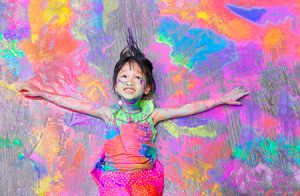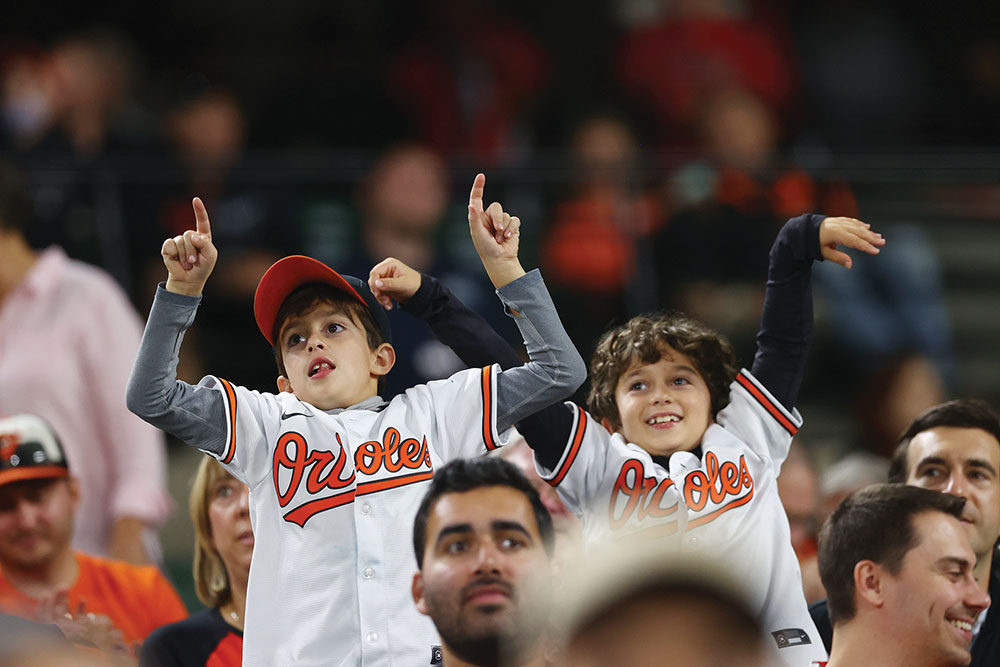How many of your child’s first experiments with crayons and paint are still on your refrigerator — or even preserved in a box in the basement? Drawing, painting, sculpting, weaving and building are important symbolic languages for children. Their creative experiences contribute to overall development in fundamental ways. As they move from early scribbling to more representational efforts, we can see how self-expression helps children interpret their experiences, make connections and express themselves as learners.
 Creativity is naturally alive in young children. They can be adamant about doing things their own way, in their own time. And their thinking can diverge from reality in ways that are a lot more creative than practical. When we turn over some of the control and accept a child’s unusual ideas, we feed a natural drive to explore the world and we give the message that flexibility and imagination are important.
Creativity is naturally alive in young children. They can be adamant about doing things their own way, in their own time. And their thinking can diverge from reality in ways that are a lot more creative than practical. When we turn over some of the control and accept a child’s unusual ideas, we feed a natural drive to explore the world and we give the message that flexibility and imagination are important.
On the other hand, when we over-structure a child’s time or overprotect children from failure, we give the message that it’s more important to copy and stay “in the lines” than to find new possibilities. Children need open-ended experiences and conversations, large blocks of free time and even small failures and disappointments to develop the kind of divergent thinking and willingness to risk that will allow them to “think outside the box.” Their creativity, ingenuity, vision and divergent thinking are what will prepare them to contribute to the world in important ways as they grow.
Every day young children have new experiences that have to be categorized to be understood. Important understandings begin with a fascination for the dust mites dancing in a shaft of light or with the comforting rub of a forefinger on a special flannel blanket. Our left brain/right brain impulse to make sense of the world is rooted in these sensory experiences and our ability to manipulate things nurtures our inventiveness and inspires our imaginations.
Children who have numerous creative opportunities at an early age learn how art bridges our senses and feelings, how it connects the physical world of things and events to our personal thoughts and emotions. They also get important emotional satisfaction from the control they exercise over materials. They make autonomous decisions, evaluate their own efforts and seek emotional and social support by sharing their work with others.
The feedback children get from us encourages safe risk-taking and increases their confidence in their ability to express themselves in a meaningful way. It helps them make sense of and contribute to a world that can often be confusing and bewildering. And it allows them to express themselves when their language skills are still developing. So, as you hang one more picture on your refrigerator, appreciate the beauty of what has been created, but also keep in mind the intense learning that has gone into the artwork. That piece rivals those in the Baltimore Museum of Art.









